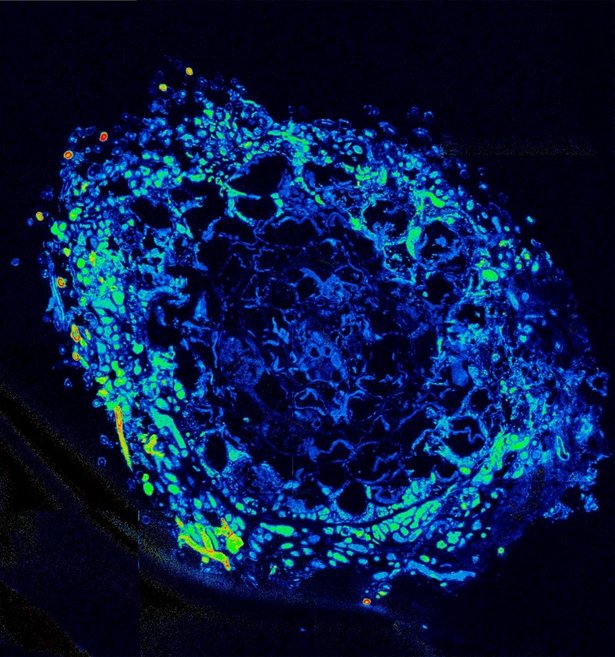Isotope Biogeochemistry
Isotope compositions offer invaluable insights in fields like microbial ecology, ecosystem science, and environmental research. They are crucial for linking microbes to their ecological functions, studying uncultivable microorganisms, and understanding host-microbe interactions. They also play a crucial role in quantifying broader environmental processes, and have even been instrumental in tracing ancient human migration patterns. At CeMESS, we employ a range of methods to study both light and heavy element stable isotopes, as well as radiogenic and radioactive isotopes. Our focus spans across light elements essential to living organisms and the environment (such as hydrogen, carbon, nitrogen, oxygen, sulfur, and phosphorus), and extends to heavy elements that can be either potent environmental pollutants (like mercury) or vital tracers for understanding human history (such as strontium). Our pioneering work in isotope methodology has led to significant advancements in several key research areas.
Our methods, at a glance:
- Isotope pool dilution measurements and the use of natural stable isotope abundances for studying microbial cycling and tracing matter flow in ecosystems
- Isotope hydrology and non-traditional isotope geochemistry for complex environments
- Stable and radioisotope probing techniques, including isotope microarrays and FISH-microautoradiography
- NanoSIMS and Raman spectroscopy for chemical imaging in single cells
We utilise stable isotope probing (SIP) techniques for uncovering active environmental microbes that process target compounds. Our innovative radioisotope approaches, including isotope microarrays and the combination of fluorescence in situ hybridisation (FISH) with microautoradiography, allow us to link microbial community structure to specific functions and to measure soil and microbial light element dynamics. Advanced techniques like NanoSIMS and Raman spectromicroscopy allow us to conduct detailed chemical and isotopic imaging at the single-cell level. Our work also encompasses isotope tracing in various processes like nitrogen fixation, cellulose breakdown, and microbial activity, growth, and metabolism in diverse environments, from guts to soils. Isotope pool dilution measurements help us study gross rates of microbial cycling of key elements in soils and sediments, while natural stable isotope abundances are used for tracing matter flow and investigating sourcesink dynamics. Our expertise also extends to isotope hydrology and non-traditional isotope geochemistry, essential for tracing complex environmental processes. In the realm of early human studies, our application of strontium-isotope geochemistry as a tracer has provided critical insights into human migration patterns. Overall, these methodological advances and further innovation will help to uncover the metabolic underpinnings of biogeochemical and pollutant dynamics, from the single cell and organism to landscape levels and beyond.
